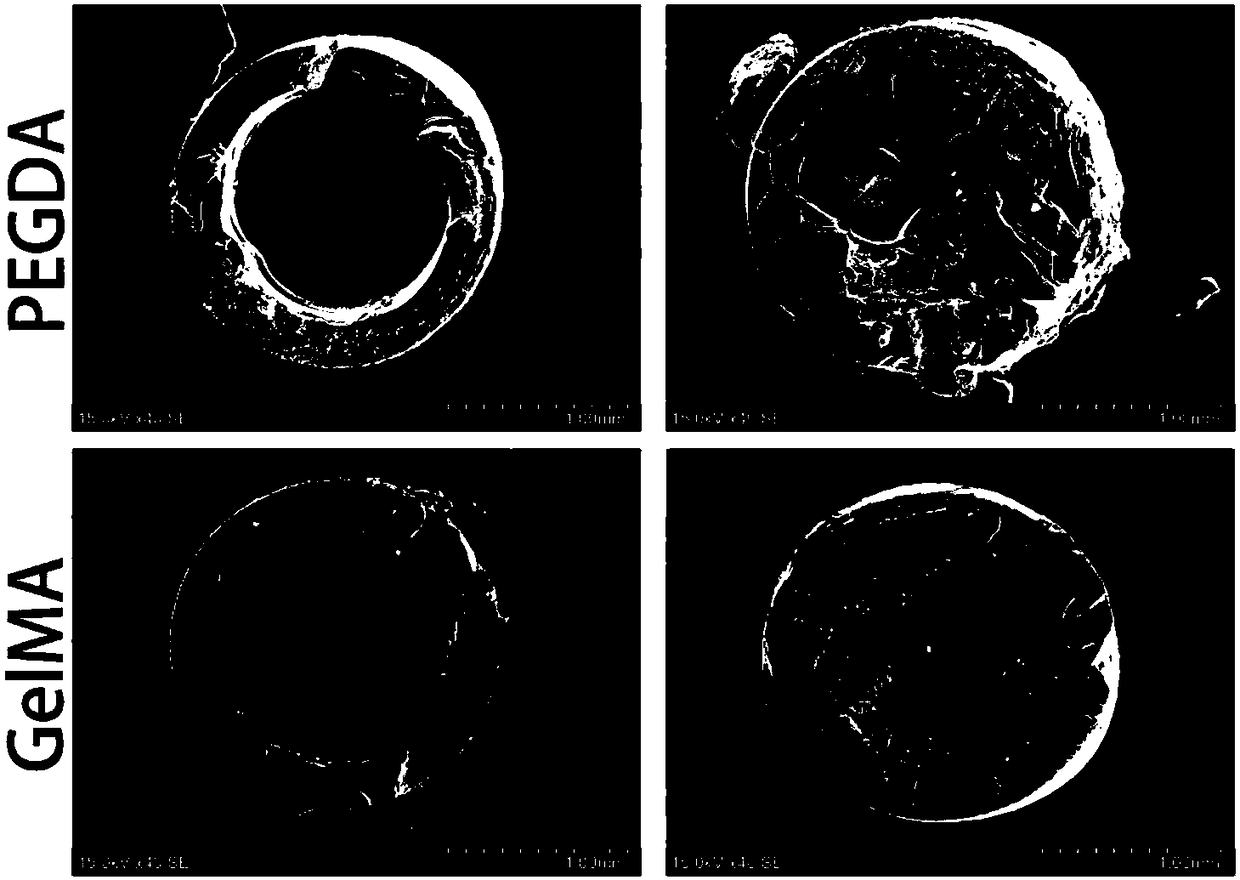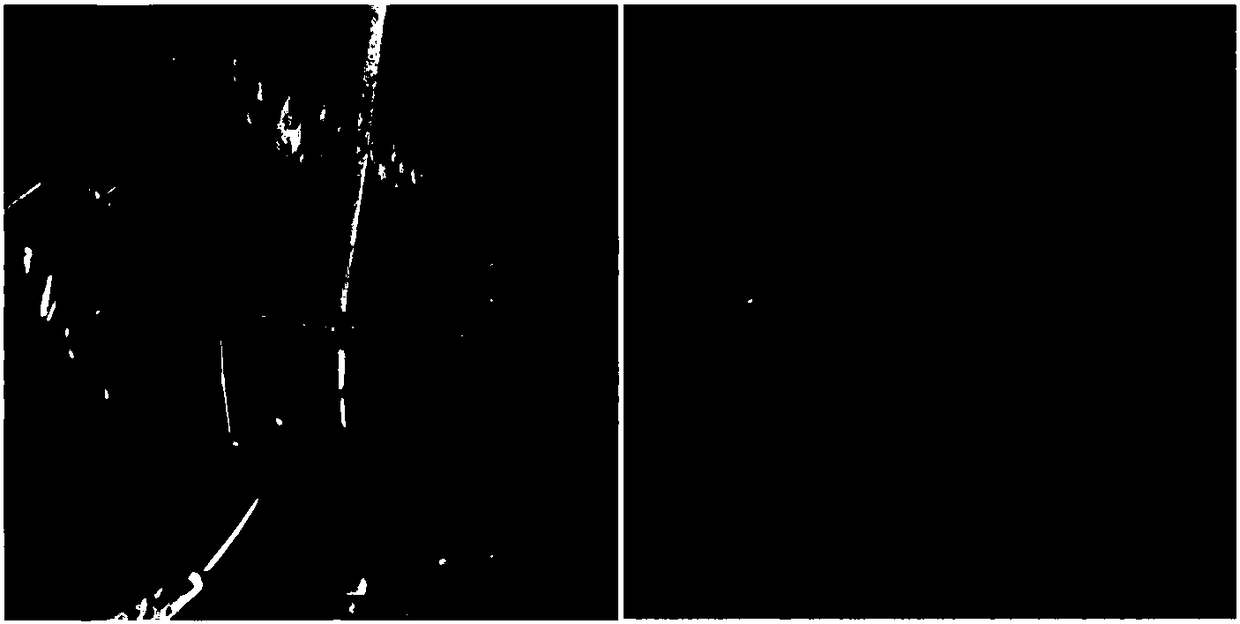3D printing material, neural restoration catheter and preparation method of neural restoration catheter
A technology of 3D printing and printing materials, which is applied in the fields of bioengineering and biomedicine, can solve the problems of poor printing accuracy, achieve the effect of reducing material usage, improving printing accuracy, and improving accuracy
- Summary
- Abstract
- Description
- Claims
- Application Information
AI Technical Summary
Problems solved by technology
Method used
Image
Examples
Embodiment 1
[0046] Embodiment 1 Preparation and use of the nerve repair catheter of the present invention
[0047] (1) Constructing a 3D digital model of the nerve-promoting tube: According to the diameter of the nerve in the body, we built the model of the nerve-promoting tube with inner diameters of 1.5mm, 5mm, and 8.5mm through the three-dimensional model building software;
[0048] (2) Configure printing materials: prepare printing materials, wherein the concentration of methacrylated gelatin (GelMA) is 20%, the concentration of vitamin B12 is 0.1%, and the concentration of photoinitiator LAP is 1%;
[0049] (3) Printing: Add the configured printing materials into the sample pool, start the program and wait for the printing to be completed, then take out the nerve-promoting repair tube;
[0050] (4) Cleaning of the nerve repair tube: soak the printed nerve repair tube in water to remove the photoinitiator and reduce the ultraviolet light through the material, take it out and dry it to...
Embodiment 2
[0051] Embodiment 2 Preparation and use of the nerve repair catheter of the present invention
[0052] (1) Constructing a 3D digital model of the nerve-promoting tube: According to the diameter of the nerve in the body, we built the model of the nerve-promoting tube with inner diameters of 1.5mm, 5mm, and 8.5mm through the three-dimensional model building software;
[0053] (2) Configure printing materials: prepare printing materials, wherein the concentration of polycaprolactone diacrylate (PEGDA) is 20%, the concentration of vitamin B12 is 0.1%, and the concentration of photoinitiator LAP is 1%;
[0054] (3) Printing: Add the configured printing materials into the sample pool, start the program and wait for the printing to be completed, then take out the nerve-promoting repair tube;
[0055] (4) Cleaning of the nerve repair tube: soak the printed nerve repair tube in water to remove the photoinitiator and reduce the ultraviolet light through the material, take it out and dry...
Embodiment 3
[0056] Embodiment 3 Preparation and use of the nerve repair catheter of the present invention
[0057] (1) Constructing a 3D digital model of the nerve-promoting tube: According to the diameter of the nerve in the body, we built the model of the nerve-promoting tube with inner diameters of 1.5mm, 5mm, and 8.5mm through the three-dimensional model building software;
[0058] (2) Configure printing materials: prepare printing materials, wherein the concentration of sodium methacrylated alginate is 5%, the concentration of vitamin B12 is 0.1%, and the concentration of photoinitiator LAP is 1%;
[0059] (3) Printing: Add the configured printing materials into the sample pool, start the program and wait for the printing to be completed, then take out the nerve-promoting repair tube;
[0060] (4) Cleaning of the nerve repair tube: soak the printed nerve repair tube in water to remove the photoinitiator and reduce the ultraviolet light through the material, take it out and dry it to ...
PUM
 Login to View More
Login to View More Abstract
Description
Claims
Application Information
 Login to View More
Login to View More - R&D
- Intellectual Property
- Life Sciences
- Materials
- Tech Scout
- Unparalleled Data Quality
- Higher Quality Content
- 60% Fewer Hallucinations
Browse by: Latest US Patents, China's latest patents, Technical Efficacy Thesaurus, Application Domain, Technology Topic, Popular Technical Reports.
© 2025 PatSnap. All rights reserved.Legal|Privacy policy|Modern Slavery Act Transparency Statement|Sitemap|About US| Contact US: help@patsnap.com


